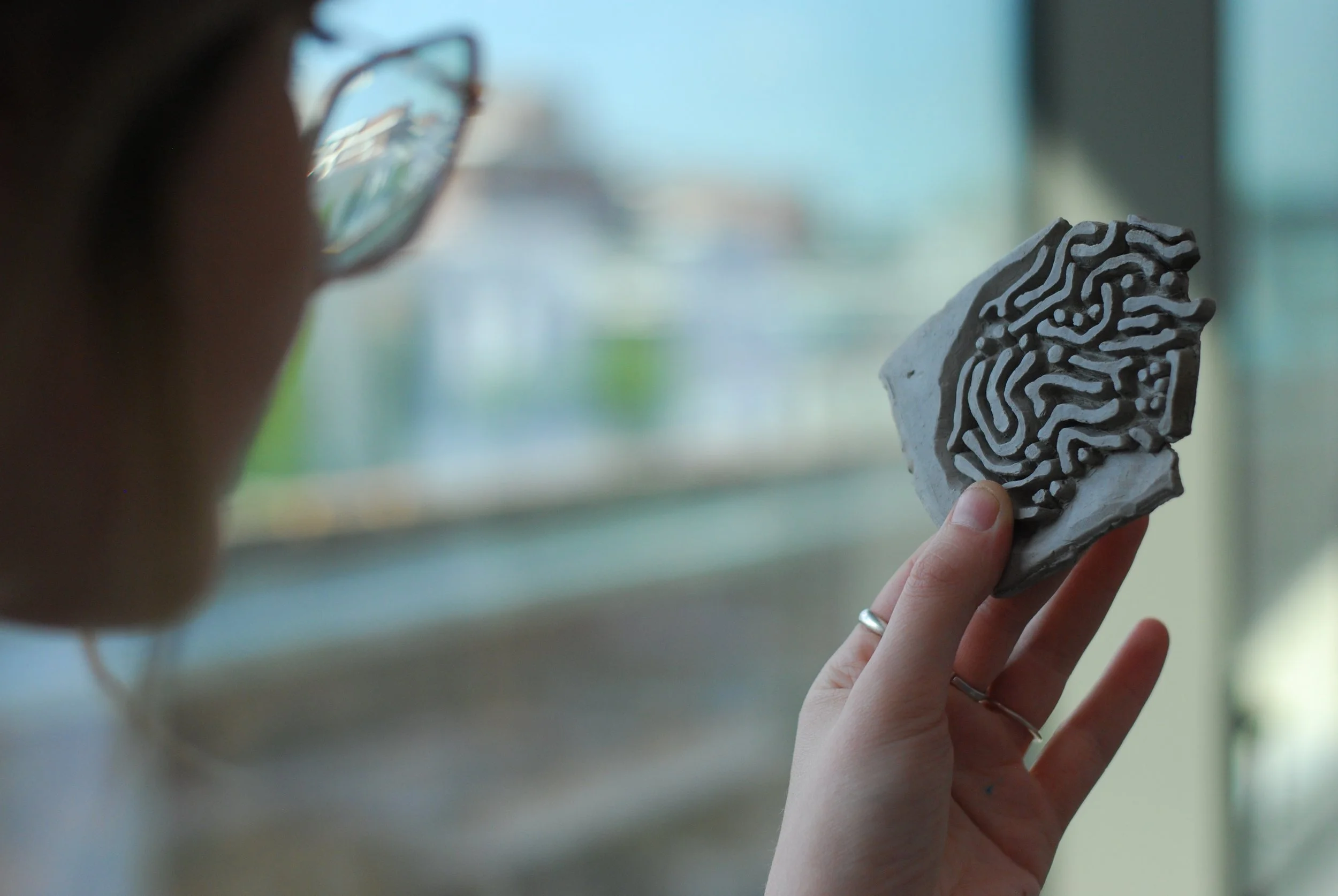Microbial Charm
“Microbial Charms” is a preventive product that uses microbes as a way to enhance personal and communal health. It kickstarts a collective effort to embrace microbial life in our daily interactions, yielding significant health benefits through reduced overmedication and a deeper grasp of our well-being. Microbial depletion is one of the most critical sanitary threats that humanity will have to face this century; the charm prompts introspection on our connection with microbes, at both individual and societal levels.
Objectives
Understand people's behaviour around microbes, as a concept and as an experience
Research and assimilate scientific literature on the subject and gain a comprehensive vision of the issue
Design an appealing product that opens up conversations on the importance of microbes in our daily spaces
Although the project stems from scientific data, it does not meet the criteria of the scientific method. Instead, it aims to bridge a gap between scientific theoretical knowledge and the fundamentally human way we interact with microbes.
The Human Component
This project is rooted in human behavior. The primary challenge was to discover a method to shift personal habits and help people embrace their inherently intimate relationship with microbes, considering the microorganisms as allies and not enemies.
Understanding this aquired repultion for microbes has been the foundation of all my research. To identify new forms of microbial interactions that are more acceptable to people, I extensively researched mechanisms and methods of transmission. Through scientific literature and user reviews, I selected two methods of transmission: airborne and droplets. These methods appear less threatening to the average person while still holding significant potential for microbial diversification.
From Data to Design
Grounded in science, this project explores microbial ecosystems’ formation and evolution, with a focus on materiality. Porous materials prove ideal for microbe capture, leading to the selection of 3D printed plaster powder(CJP), offering high detail and efficient microbe collection. Inspired by Richard Beckett’s “probiotic design”, a specific texture enhances the project further.
User interaction
My decision to design a piece of jewelery came from my wish to create an interaction that feels natural to the user, an object that they are familliar with, as much in the necklace, that in the diffusion based, inspired by the design of a vapor diffuser. Additionally, the passive use of the charm serves as a behavioral tactic to help people overcome anxiety related to microbe collection. The charm is placed in an ideal zone for social microbial exchange. Due to its small size, I aim to make the base portative to promote nomadic usage, for an easy transportation to workplaces, hotel rooms, and other non-domestic environments.
CONCLUSION
The design journey of microbial charms was challenging. This project is strongly based on scientific literature, as the means at my disposal did not allow for larger-scale testing. It means that I had to become quickly familiar with a large quantity of biology jargon and assimilate and synthesise all that information to build an informed opinion of what might or not work. This project was also a great occasion to work on my ability to collect and apply user feedback. The design largely revolves around personal habits and behaviour, so leveraging those results was crucial.
I felt some disappointment not being able to measure my work’s success in any scientific way, as this would require extensive means and time. However, I was pleased to witness the success of the behavioural aspect of the project. When I presented my project to different groups, it enticed strong interest and opened many conversations around the topic of microbes, which was one of my design objectives.
What’s next?
In the future, I wish to collaborate with microbiologists who share my passion for the topic and who could test my hypothesis further. I also hope to create workshops to draw interest in the topic and spread responsible microbial habits among the population.
This project was dear to my heart as I first became interested in the microbial world through the brain-gut microbial fauna axis, which is crucial in the medical condition my father Gilbert has developed over the years.




